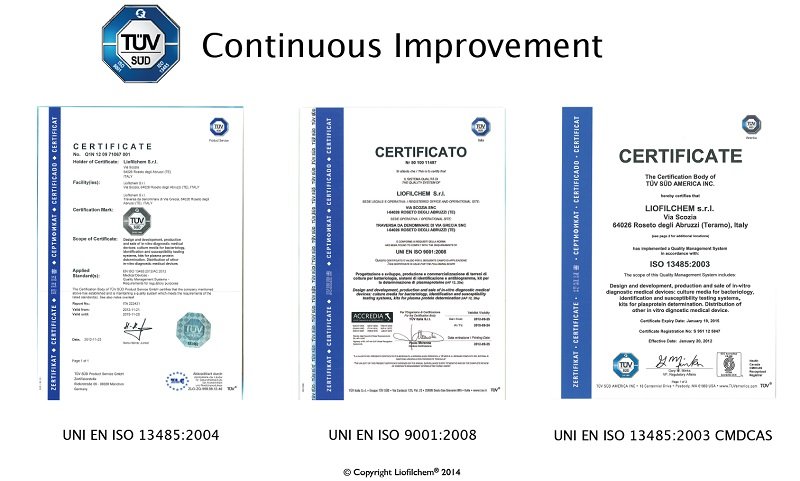Dehydrated Culture Media

A growth medium or culture medium is a solid, liquid or semi-solid designed to support the growth of microorganisms or cells, or small plants like the moss Physcomitrella patens. Different types of media are used for growing different types of cells.
The two major types of growth media are those used for cell culture, which use specific cell types derived from plants or animals, and microbiological culture, which are used for growing microorganisms, such as bacteria or fungi. The most common growth media for microorganisms are nutrient broths and agar plates; specialized media are sometimes required for microorganism and cell culture growth. Some organisms, termed fastidious organisms, require specialized environments due to complex nutritional requirements. Viruses, for example, are obligate intracellular parasites and require a growth medium containing living cells.
The most common growth media for microorganisms are nutrient broths (liquid nutrient medium) or LB medium (lysogeny broth). Liquid media are often mixed with agar and poured via a sterile media dispenser into Petri dishes to solidify. These agar plates provide a solid medium on which microbes may be cultured. They remain solid, as very few bacteria are able to decompose agar (the exception being some species in the genera: Cytophaga, Flavobacterium, Bacillus, Pseudomonas, and Alcaligenes). Bacteria grown in liquid cultures often form colloidal suspensions.
The difference between growth media used for cell culture and those used for microbiological culture is that cells derived from whole organisms and grown in culture often cannot grow without the addition of, for instance, hormones or growth factors which usually occur in vivo. In the case of animal cells, this difficulty is often addressed by the addition of blood serum or a synthetic serum replacement to the medium. In the case of microorganisms, no such limitations exist, as they are often unicellular organisms. One other major difference is that animal cells in culture are often grown on a flat surface to which they attach, and the medium is provided in a liquid form, which covers the cells. In contrast, bacteria such as Escherichia coli may be grown on solid or in liquid media.
An important distinction between growth media types is that of defined versus undefined media. A defined medium will have known quantities of all ingredients. For microorganisms, they consist of providing trace elements and vitamins required by the microbe and especially defined carbon and nitrogen sources. Glucose or glycerol are often used as carbon sources, and ammonium salts or nitrates as inorganic nitrogen sources. An undefined medium has some complex ingredients, such as yeast extract or casein hydrolysate, which consist of a mixture of many chemical species in unknown proportions. Undefined media are sometimes chosen based on price and sometimes by necessity – some microorganisms have never been cultured on defined media.
A good example of a growth medium is the wort used to make beer. The wort contains all the nutrients required for yeast growth, and under anaerobic conditions, alcohol is produced. When the fermentation process is complete, the combination of medium and dormant microbes, now beer, is ready for consumption. The main types are
- Cultural media
- Minimal media
- Selective media
- Differential media
- Transport media
- Indicator media

![]()
Liofilchem is based in Roseto degli Abruzzi, Italy, where its products are manufactured. Since 1983 Liofilchem s.r.l. has committed its Research and Development department to the production of reliable and high quality
microbiology products. Our dedication to Customer Satisfaction and exceptional manufacturing Versatility have granted Liofilchem continuous growth, as a result of the increasing Quality of our products and the Worldwide Distribution of the Liofilchem brand name. The complete manufacturing processes and quality control are carried out in house by Liofilchem staff at our 7000 m2 factory.









